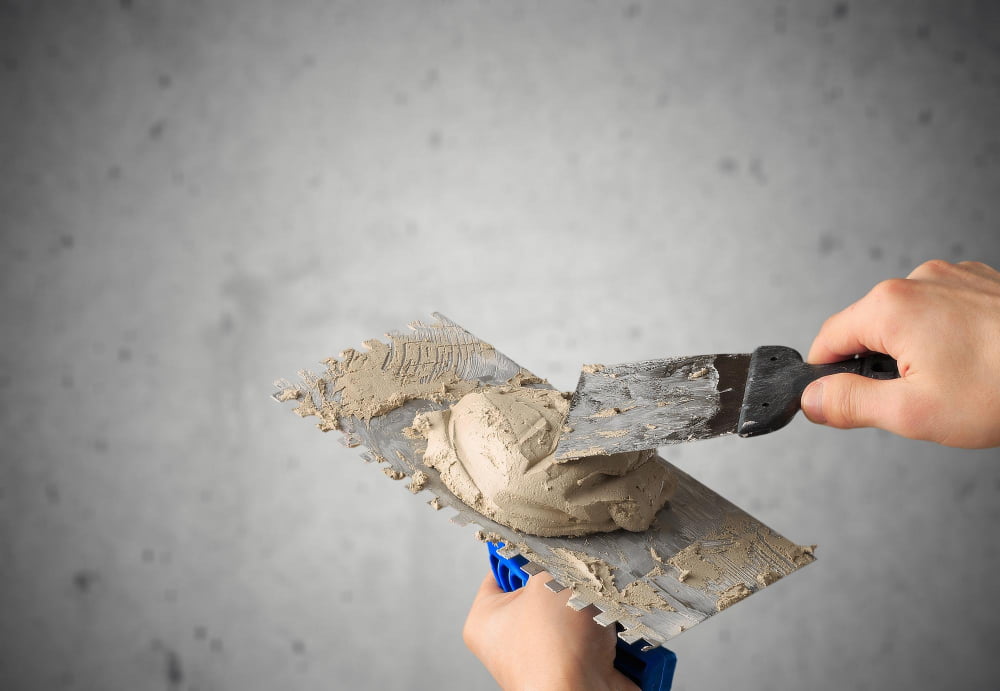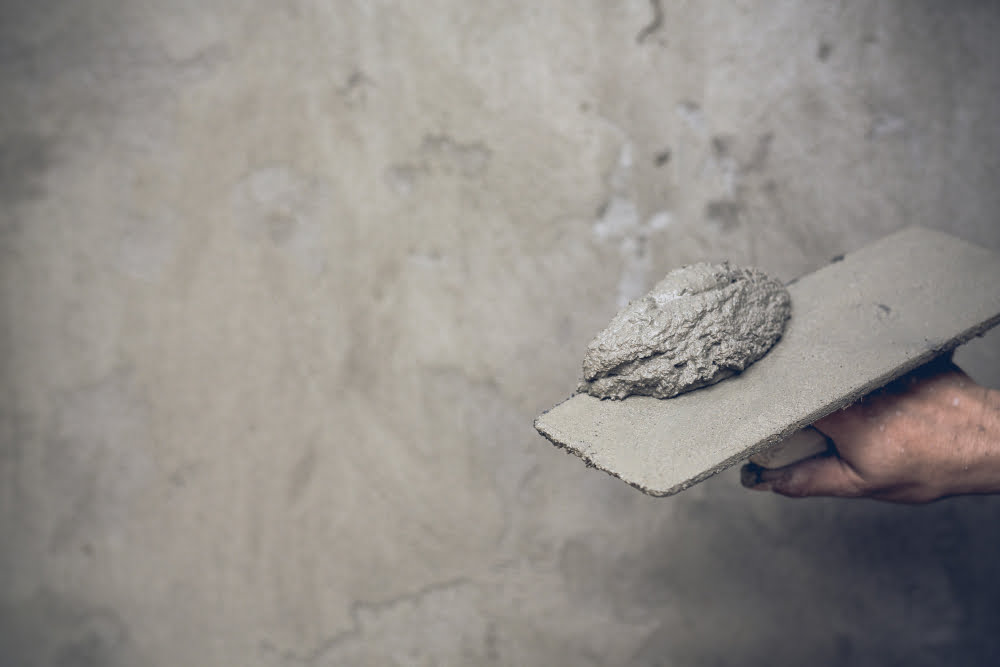

Plaster and Stucco are building materials with similar compositions, but they serve distinct purposes and exhibit subtle differences in their application and finish. Both comprise cement, sand, and lime, but Stucco typically incorporates additives like fibers and acrylics for enhanced durability.
Plaster is a generic term encompassing various coatings applied to walls and ceilings for decorative and protective purposes. It includes lime plaster, gypsum plaster, and other formulations. Plaster is often used indoors and is renowned for its smooth finish, making it suitable for interior surfaces.
On the other hand, Stucco is a specific type of exterior plaster designed for outdoor use. It is applied in layers over a lath base, creating a durable and weather-resistant finish. Stucco is renowned for its versatility and can mimic various textures, providing an aesthetically pleasing exterior for buildings.
For Example:
Plaster is commonly used indoors to create smooth, decorative finishes on walls and ceilings. It provides a versatile and aesthetically pleasing surface in residential and commercial spaces. Stucco, designed for outdoor applications, is frequently used as a building exterior finish.
Applied over a lath base, it offers durability and weather resistance. Stucco's versatility allows it to mimic various textures, contributing to the architectural appeal of homes and structures.
Prepare the surface with a proper base coat to install plaster or stucco. For plaster, apply successive layers, allowing each to dry before the next. Sand and finish for a smooth look.
Stucco involves:
● Affixing metal lath.
● Applying scratch and brown coats.
● Finishing with a textured top coat.
For Stucco Repairs, identify damaged areas, remove loose material, and clean the surface. Apply a bonding agent, patch with the appropriate mixture, and finish to match the texture. Always follow safety guidelines and consult professionals for extensive repairs or installations for optimal results.
Both plaster and stucco applications can be labor-intensive. Installing plaster involves layering and finishing, demanding attention to detail. Stucco requires affixing metal lath and applying multiple coats, often involving manual labor. Repairing these materials also requires meticulous attention, making both processes time-consuming and requiring skilled labor for optimal results.
Plaster and stucco exhibit versatility in their applications, finding use in various construction scenarios due to their unique properties.
Plaster, a mixture of cement, sand, and lime, is predominantly used indoors for interior finishes. Its versatility lies in its ability to create smooth, decorative surfaces on walls and ceilings.
Different plaster formulations, such as gypsum or lime plaster, cater to specific needs. Gypsum plaster, for instance, sets quickly and is often preferred for a faster interior finish, while lime plaster is valued for its breathability and is suitable for historic restoration projects.
Stucco is designed for exterior use with a similar composition but often incorporating additives like fibers and acrylics. Its primary application is as an exterior finish for buildings, providing a durable and weather-resistant surface. Stucco is particularly favored for its versatility in mimicking various textures, allowing architects and homeowners to achieve a range of aesthetic finishes. It can replicate the look of stone, brick, or even wood, contributing to the visual appeal of structures.
Both plaster and stucco applications involve a layering process. For plaster, successive coats are applied and allowed to dry between each layer, with a final sanding and finishing for a polished appearance. Stucco, on the other hand, requires the installation of a metal lath, followed by applying scratch and brown coats before the final textured top coat is added. This layering approach enhances the strength and durability of the finishes, making them suitable for different environmental conditions.
While both materials offer versatility in terms of application, it's essential to note that their primary functions differ. Plaster is tailored for interior use, providing an aesthetically pleasing and smooth surface. Stucco, with its weather-resistant qualities and texture-mimicking capabilities, is ideal for exterior applications, contributing to the structural integrity and visual appeal of buildings.